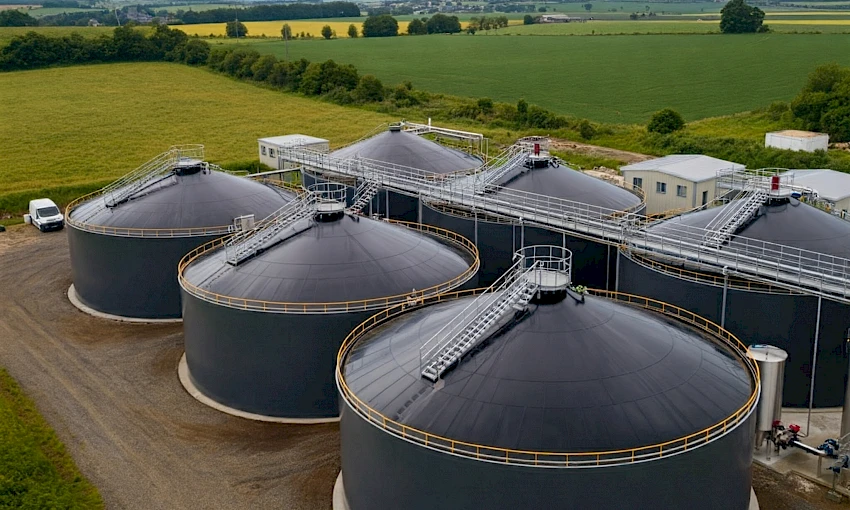
Biogas Upgrading: Enhancing Biogas for a Sustainable Energy Future
Biogas, a renewable energy source derived from organic matter, holds immense potential for a sustainable future. However, raw biogas often contains impurities that can hinder its use in various applications. This is where biogas upgrading comes in.

What is Biogas Upgrading?
Biogas upgrading is a crucial process that removes contaminants such as carbon dioxide (CO2), hydrogen sulfide (H2S), water vapor, and other impurities from raw biogas. This purification process results in a high-methane-content gas known as biomethane. Biomethane is nearly identical in composition to natural gas and can be used interchangeably in many applications.
Why Upgrade Biogas?
Upgrading biogas offers numerous benefits:
-
Increased Energy Content: Removing CO2 and other impurities significantly increases the methane content, resulting in a higher energy density fuel.
-
Versatility: Biomethane can be used in a wide range of applications, including:
-
Vehicle Fuel: Powering cars, buses, and trucks.
-
Injection into Natural Gas Grid: Supplementing or replacing natural gas in existing pipelines.
-
Heat and Power Generation: Providing clean energy for homes and industries.
-
-
Environmental Benefits: Biomethane is a renewable and sustainable fuel source that reduces greenhouse gas emissions compared to fossil fuels.
-
Economic Opportunities: Biogas upgrading creates new revenue streams from waste materials and contributes to a circular economy.
How is Biogas Upgraded?
Several technologies are used for biogas upgrading, each with its advantages and limitations:
-
Membrane Separation: Utilizes semi-permeable membranes to separate CO2 from methane based on their different molecular sizes.
-
Pressure Swing Adsorption (PSA): Employs adsorbent materials to selectively capture CO2 under high pressure, leaving behind purified methane.
-
Water Scrubbing: Removes CO2 by dissolving it in water, taking advantage of its higher solubility compared to methane.
-
Amine Scrubbing: Uses chemical absorbents (amines) to capture CO2, which can then be released and captured for other uses.
-
Cryogenic Separation: Cools the biogas to very low temperatures, separating CO2 and methane based on their different condensation points.
Choosing the Right Biogas Upgrading Technology:
The optimal biogas upgrading technology depends on several factors:
-
Biogas composition: The concentration of impurities in the raw biogas.
-
Desired methane purity: The required methane content for the intended application.
-
Project scale: The volume of biogas to be processed.
-
Economic considerations: Capital and operating costs of the technology.
-
Environmental impact: Energy consumption and emissions associated with the upgrading process.
Conclusion:
Biogas upgrading is a vital step in transforming raw biogas into a valuable and versatile renewable energy source. By removing impurities and increasing methane content, biomethane can play a crucial role in decarbonizing various sectors, from transportation to heating and electricity generation. As technology advances and costs decrease, biogas upgrading is poised to become an increasingly important component of a sustainable energy future.
Visit our Biogas Production Plant Installation page to learn more about biogas production, purification and manufacturing facilities and discover the most suitable solutions for your projects.
Writer:
Professor Doctor Mustafa Yaşar
Industrial Design Engineer





































